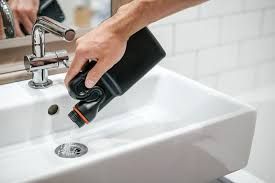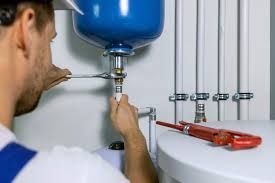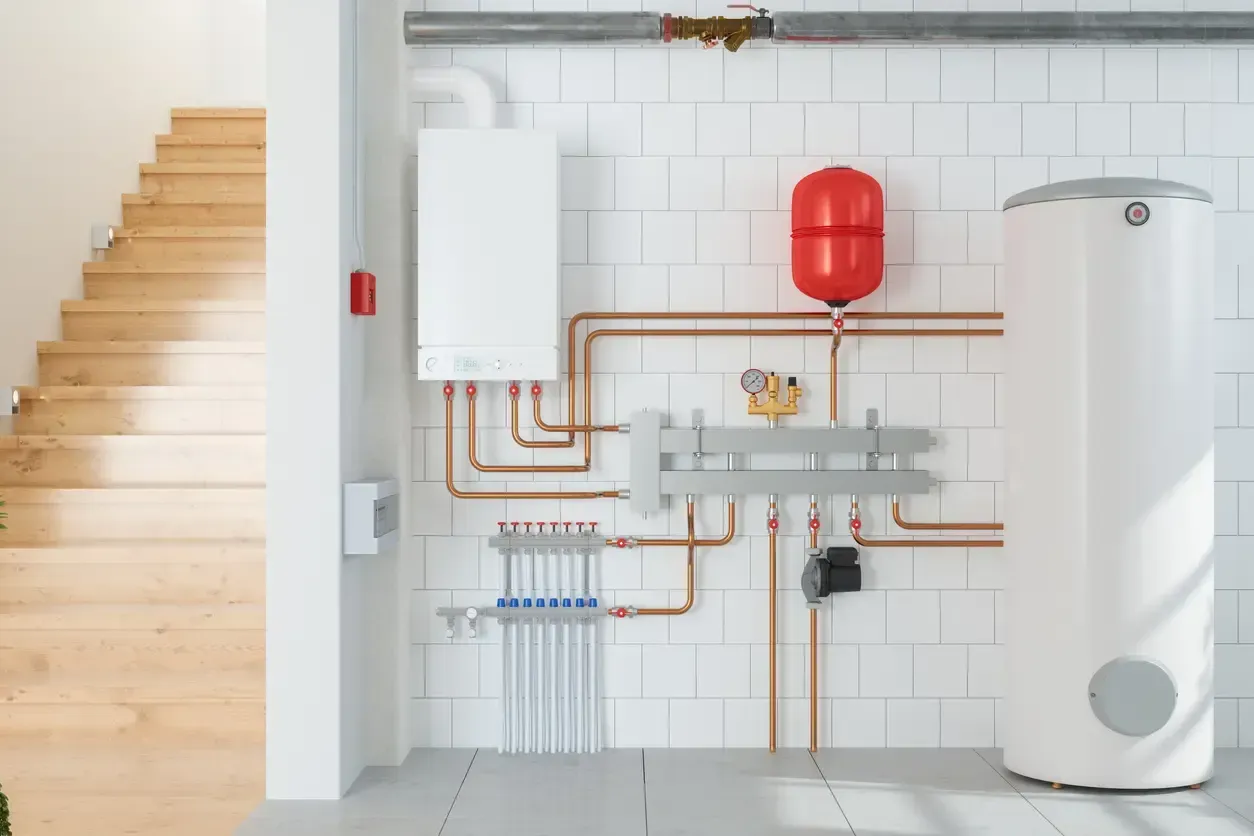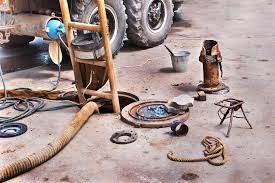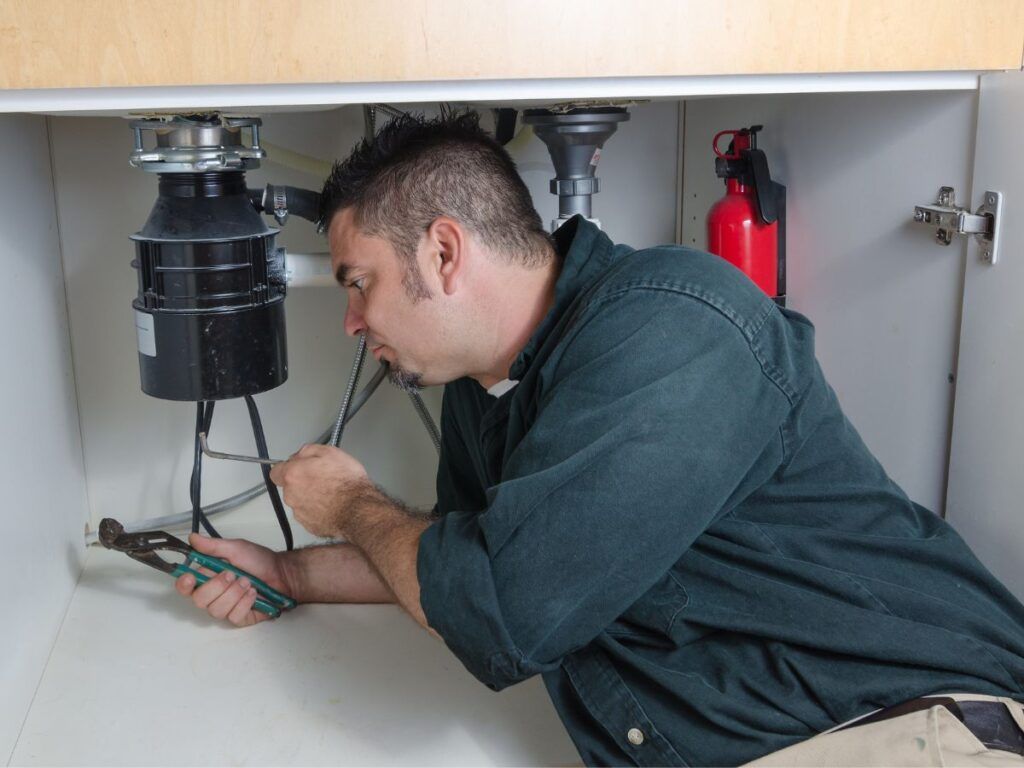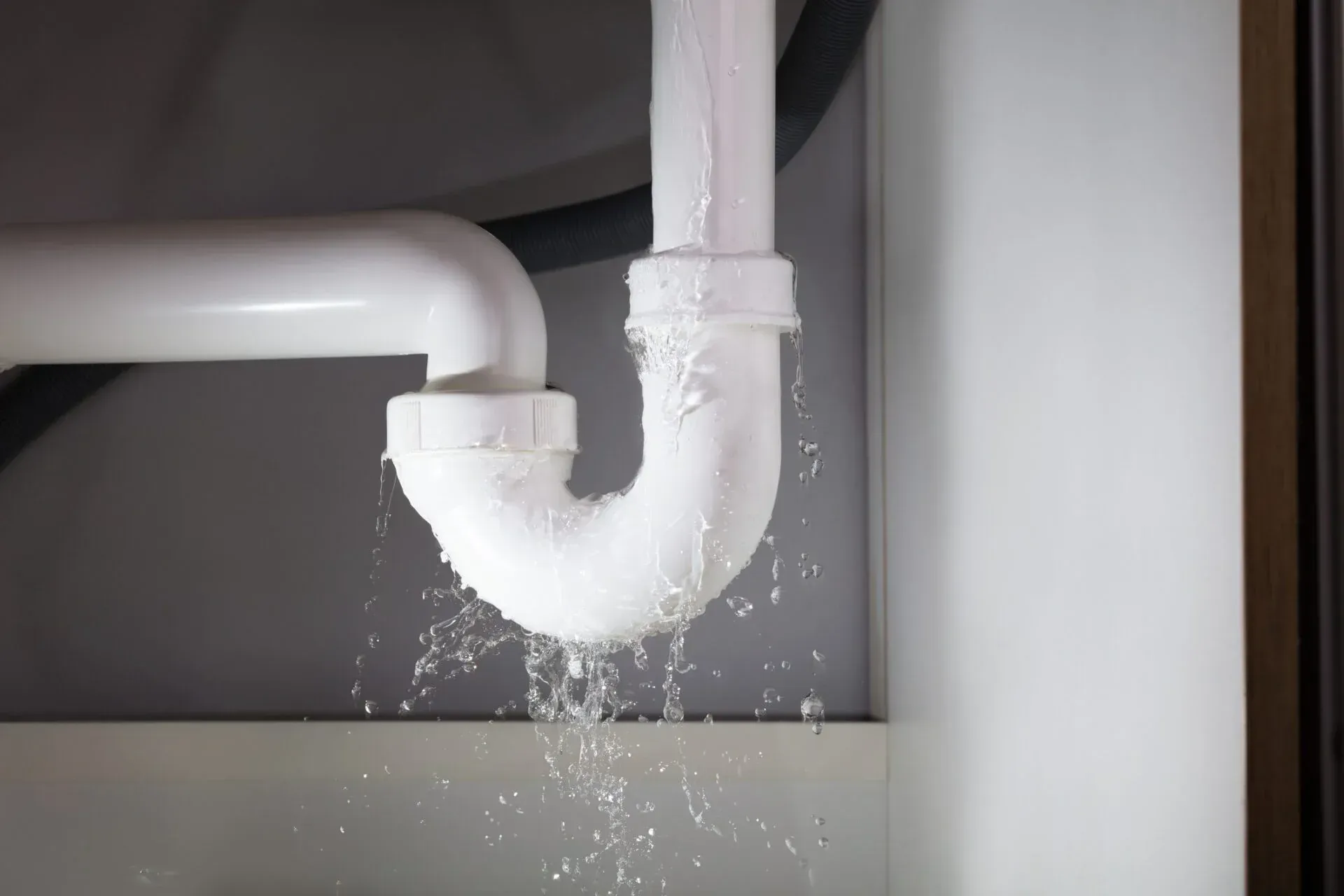How to Prevent Recurring Clogs in Your Drains
There’s nothing quite as frustrating as dealing with a slow drain—except maybe a drain that clogs again right after you’ve cleared it. If you’ve found yourself reaching for the plunger or drain cleaner a little too often, it’s time to take a step back and ask: Why does this keep happening, and what can I do to stop it for good?
Recurring drain clogs aren’t just annoying—they’re a sign that something deeper might be wrong. In this guide, we’ll take a deep dive into the common culprits behind chronic clogs, walk through practical solutions you can use today, explore the risks of ignoring the issue, and share proven expert strategies to help you prevent clogs from coming back.
Let’s unclog the mystery once and for all.
What Temperature Should Your Water Heater Be Set At?
Understanding the Real Causes Behind Persistent Clogs
To prevent recurring clogs, we first need to understand what causes them. While the occasional buildup is normal, a pattern of frequent clogs usually points to habits, design flaws, or deeper issues in your plumbing system.
One of the most common culprits is the accumulation of grease, hair, soap scum, and food particles. These materials may seem harmless going down the drain, but over time they form a sticky sludge that narrows your pipes. In kitchen sinks, fats and oils from cooking solidify in the cooler pipes, clinging to the sides and catching more debris with every use. In bathrooms, hair and product residue easily bind together, creating stubborn clogs in sink and shower drains.
Another major cause is pipe misalignment or aging pipes. Older homes, in particular, may have corroded or sagging pipes that trap waste and slow down drainage. Tree roots can also invade outdoor sewer lines, causing recurring clogs that start inside the house.
And sometimes, it’s simply a matter of using the wrong products or disposing of items that shouldn’t be flushed or drained—like wipes, coffee grounds, or cotton swabs.
Step-by-Step Solutions to Clear and Prevent Clogs
When you’re dealing with a clog, your first instinct might be to pour in a chemical drain cleaner. And while it might seem like a quick fix, those harsh chemicals can corrode your pipes over time, especially if used frequently. Instead, start with safer and more effective solutions.
First, try a natural cleaning method. A simple combination of baking soda and vinegar can break down minor clogs and deodorize your drains. Pour half a cup of baking soda followed by half a cup of vinegar, let it fizz for 15–30 minutes, and then flush with hot water. It won’t work miracles on major blockages, but it’s a good monthly maintenance trick.
If you’re facing a tougher clog, manual removal might be necessary. For bathroom sinks and tubs, removing and cleaning the drain stopper or hair trap can resolve many blockages. A drain snake or auger can also be used to break up deeper clogs manually.
In cases where the clog keeps coming back in the same location, it’s wise to inspect the plumbing layout. There might be an issue with pipe slope, joint alignment, or even hidden damage. A professional plumber can use a drain camera to identify the exact source of the problem and suggest permanent fixes.
Once the immediate clog is cleared, focus on what went wrong to prevent it from recurring.
The Hidden Risks of Ignoring Recurring Clogs
A slow or backed-up drain might not seem like a big deal at first, but recurring clogs are often a sign of larger plumbing issues waiting to happen. Ignoring them can lead to consequences that go beyond inconvenience.
Over time, blocked pipes can cause water to back up into your home, leading to water damage, mold growth, and even structural problems. The longer water sits in your drains, the more pressure it places on the system, increasing the risk of cracks or bursts—especially in older or poorly maintained plumbing.
And then there’s the financial aspect. The cost of frequent temporary fixes adds up quickly, especially if you're relying on professional plumbers for each call. Investing in prevention and permanent solutions is far more cost-effective in the long run.
Expert Recommendations for Long-Term Drain Health
Plumbers have seen it all, and their advice for preventing recurring clogs is rooted in decades of experience. Here are the top tips that professionals swear by:
First, install drain screens or traps in sinks, tubs, and showers. These inexpensive tools catch hair, food, and debris before they go down the drain, making a world of difference in clog prevention. Clean them out regularly and make it a habit.
In the kitchen, never pour grease, oil, or fat down the drain. Even when followed by hot water, grease will eventually cool and solidify. Instead, wipe out pans with a paper towel and dispose of grease in a container or the trash.
Regular flushing is also essential. Once a week, flush your drains with hot water to help break up any buildup. In bathroom sinks and tubs, a vinegar rinse followed by boiling water once a month can reduce soap and mineral deposits.
If your home has older plumbing or a history of blockages, consider a professional drain cleaning service once a year. Unlike store-bought cleaners, professionals use safe, high-powered tools to fully clear your pipes and inspect them for damage.
And most importantly, educate your household. Sometimes recurring clogs are caused by a single person unknowingly using the system improperly. A little awareness can go a long way in preventing big problems.
Preventive Measures You Can Start Today
Prevention is all about habits and consistency. Start by being mindful of what goes down your drains every day. In the bathroom, brushing hair before showers and using mesh traps can reduce hair clogs dramatically. In the kitchen, scrape plates into the trash instead of the sink and compost where possible.
If you have a garbage disposal, use it wisely. Avoid fibrous or starchy foods like celery and potato peels, which can tangle or clump and cause blockages. Run cold water while using the disposal and keep it running a few seconds after the food is ground to fully flush the waste.
If your home sits near large trees, it’s also wise to schedule annual inspections of your sewer line. Early detection of tree root intrusion can prevent major backups and expensive repairs later.
And if your plumbing system is due for an upgrade, investing in modern piping and better venting systems can drastically reduce clog frequency and improve overall efficiency.
Bringing It All Together: Say Goodbye to Recurring Clogs
Clogged drains may seem like small problems, but they’re often symptoms of bigger issues that, if left unchecked, can spiral into costly disasters. The good news? With a little awareness, routine care, and the right habits, you can keep your drains running clean and clear for years to come.
Don’t wait for a major backup to take action. Start now with small changes: clear out those traps, switch to drain-friendly cleaning methods, and treat your pipes with the care they deserve. A smooth-flowing drain system isn’t just about convenience—it’s about protecting your home, your budget, and your peace of mind.
